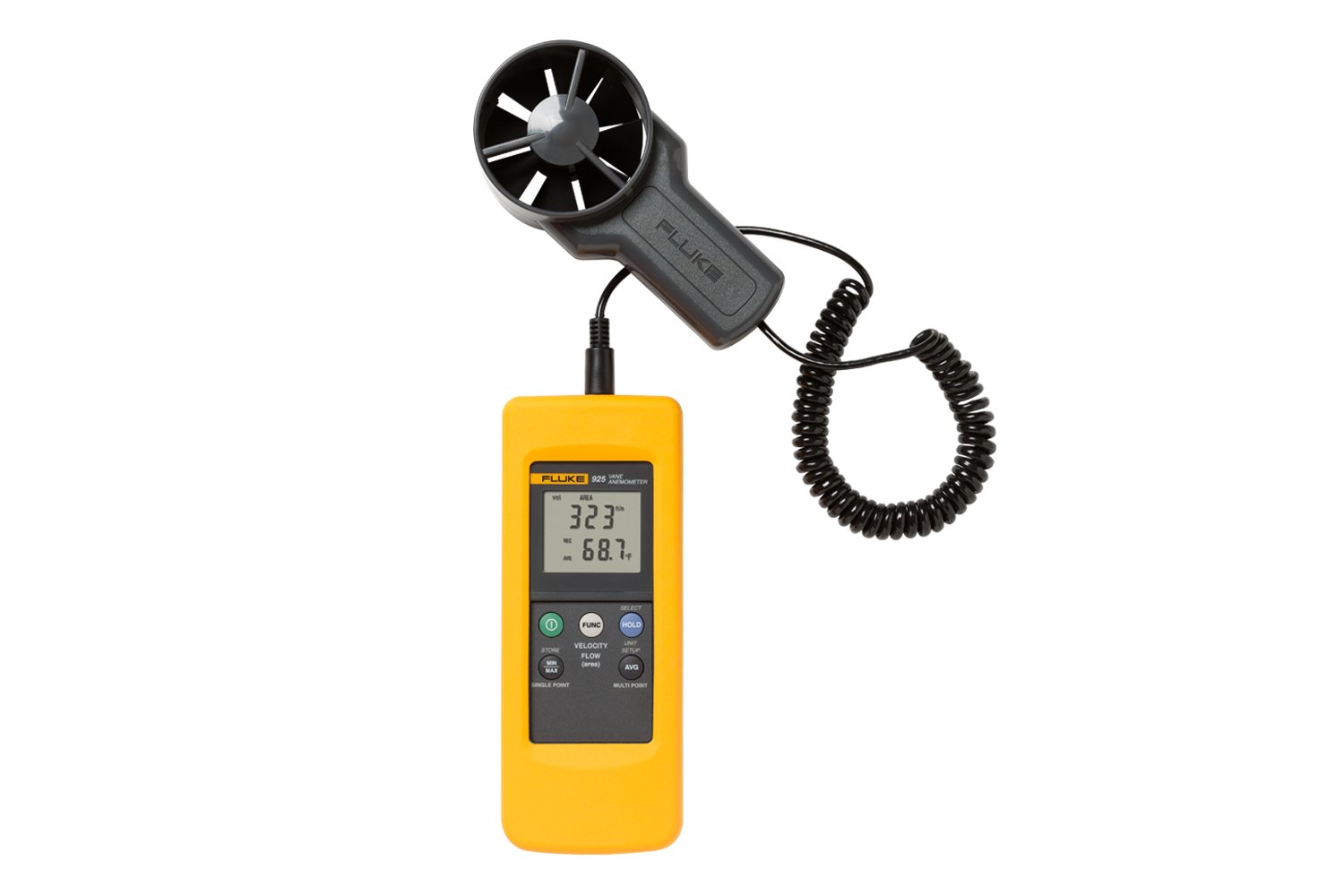Anemometers Revealed: Understanding Their Value in Ecological Surveillance and Security Procedures
The role of anemometers in environmental surveillance and safety and security procedures is commonly ignored, yet their relevance is undeniable. From weather forecasting to aviation security, anemometers play a critical function in providing accurate information that informs decision-making procedures and enhances general security.
Background of Anemometers
The development of anemometers can be traced back to the old civilizations where basic wind gauging gadgets were first used. These early wind measurement tools laid the structure for the advancement of a lot more innovative anemometers with time. One of the earliest recognized anemometers was the hemispherical cup anemometer designed by Leon Battista Alberti in the 15th century. This style was composed of 4 hemispherical cups that gathered wind energy, giving a dimension of its strength based upon the speed of rotation.
Over the years, improvements in modern technology led to the advancement of more contemporary anemometers, consisting of ultrasonic anemometers and laser Doppler anemometers, offering enhanced accuracy and efficiency in gauging wind rate and instructions. The background of anemometers showcases an impressive trip of technology and progress in the area of weather forecasting.
Types of Anemometers
Throughout the area of meteorology, numerous types of anemometers have actually been established to precisely gauge wind speed and direction. Sonic anemometers utilize ultrasonic signals to gauge wind rate and direction accurately. Hot-wire anemometers operate based on the principle that the cooling effect of wind on a heated wire is symmetrical to the wind speed.
Applications in Weather Forecasting
Having discussed the numerous kinds of anemometers used in weather forecasting for determining wind rate and direction, it is necessary to explore their sensible applications in the field. Anemometers play an important role in meteorology by supplying precise and real-time information on wind problems (anemometer). Meteorologists utilize anemometers to keep an eye on wind speed and instructions to anticipate climate patterns, concern warnings for serious climate events like tornadoes, hurricanes, and storms, and assess climatic problems for aeronautics safety
In weather forecasting, anemometers aid in recognizing regional and neighborhood wind patterns, which are important for forecasting climate changes and establishing weather trends. These gadgets are additionally used in study to research microclimates, metropolitan warmth islands, and air pollution dispersion. Additionally, anemometers are used in farming to enhance plant monitoring methods, such as watering and chemical application, based on wind problems.
Significance in Air Travel Safety And Security
An important aspect of making sure aviation safety and security hinges on the careful surveillance of wind conditions making use of anemometers. Anemometers play a critical function in aviation by providing real-time data on wind rate and direction, helping pilots in making educated choices throughout flight, take-off, and touchdown. Solid and uncertain winds can considerably influence aircraft operations, making it necessary for aviation authorities to rely on exact wind dimensions to make certain the safety and security of guests and staff.

In the dynamic atmosphere of aviation, where also small modifications in wind speed and instructions can have profound effects, anemometers stand as essential devices for advertising risk-free and secure flight.
Role in Environmental Research Study
Exactly how do anemometers add to developments in ecological research? Anemometers play an essential function in environmental research by offering vital information on wind rate and direction. This information is essential for recognizing different climatic processes, such as air contamination diffusion, weather condition patterns, Learn More and climate change. By accurately determining wind characteristics, anemometers help researchers assess the movement of contaminants in the air, assess the effect of industrial emissions, and predict the spread check this of contaminants in the setting.


Verdict
In final thought, anemometers have actually played an important role in ecological tracking and safety actions. Comprehending the relevance of anemometers is essential for properly gauging wind speed and instructions, which is essential for anticipating climate patterns, ensuring secure air travel procedures, and performing ecological research studies.
One of the earliest known anemometers was the hemispherical cup anemometer have a peek at this website developed by Leon Battista Alberti in the 15th century. Over the years, improvements in modern technology led to the development of more modern-day anemometers, consisting of ultrasonic anemometers and laser Doppler anemometers, offering boosted accuracy and efficiency in determining wind rate and instructions. Hot-wire anemometers operate based on the concept that the cooling result of wind on a heated cable is symmetrical to the wind rate. Meteorologists use anemometers to check wind rate and direction to anticipate climate patterns, concern warnings for severe weather condition events like tornadoes, storms, and typhoons, and assess atmospheric conditions for aeronautics safety and security.
Comprehending the significance of anemometers is important for properly determining wind rate and instructions, which is vital for forecasting climate patterns, making certain risk-free aviation procedures, and carrying out ecological studies. (anemometer)